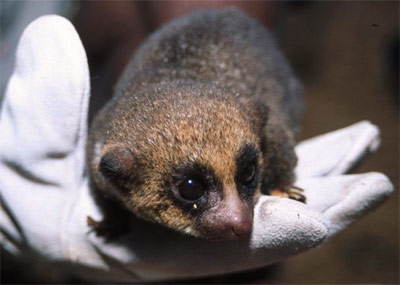A species of lemur has been rediscovered more than a century after it was last spotted, report researchers from McGill University, the German Primate Centre in Göttingen Germany, the University of Antananarivo in Madagascar, and the University of Massachusetts.
Sibree’s Dwarf Lemur was first described in 1896 but never studied during the 20th century. Over time, destruction of its native habitat led some to believe it might be extinct, until Mitchell Irwin of McGill University observed dwarf lemurs at Tsinjoarivo, in Eastern Madagascar, in 2001. Subsequent genetic analysis by Linn Groeneveld of the German Primate Center found the lemurs to be the long-lost Sibree’s Dwarf Lemur.
 Photo courtesy of McGill University |
“Without the recognition provided by this study, this species probably would have gone extinct in the near future,” said Irwin in a press release. “Protecting its only known population and determining how many individuals are left are now top priorities, especially since much of this region’s forests have already disappeared.”
There are presently four known dwarf lemur species, nocturnal primates that may undergo a period of torpor during the lean winter season when they live off fat reserves stored in the tails.
The discovery is detailed in the current issue of the journal Molecular Phylogenetics and Evolution.
The number of lemurs known to science has increased from 50 in 1994 to more than 100 today due to increased research in Madagascar.